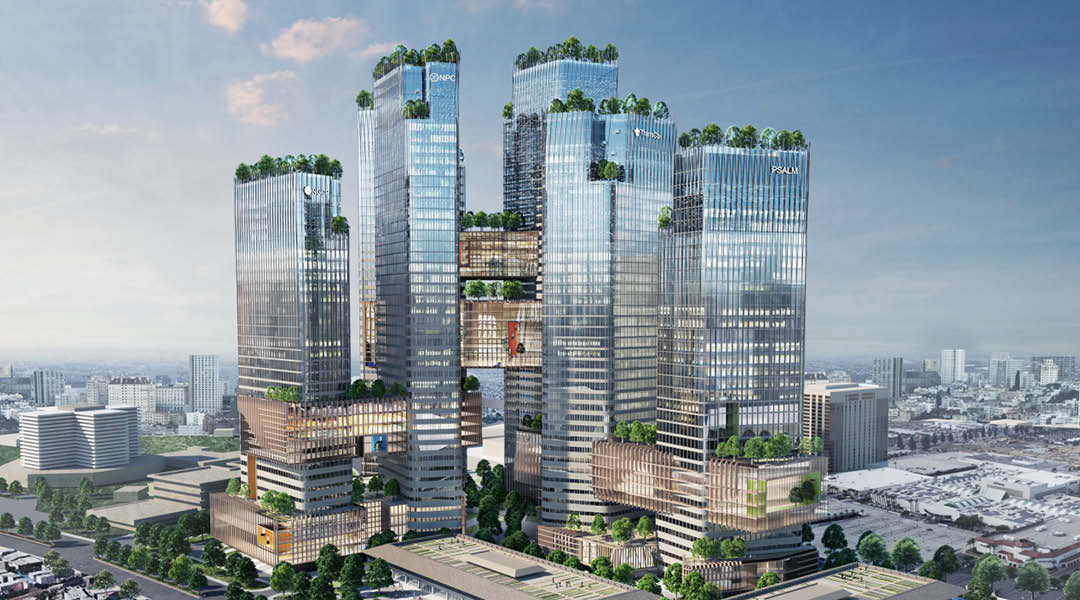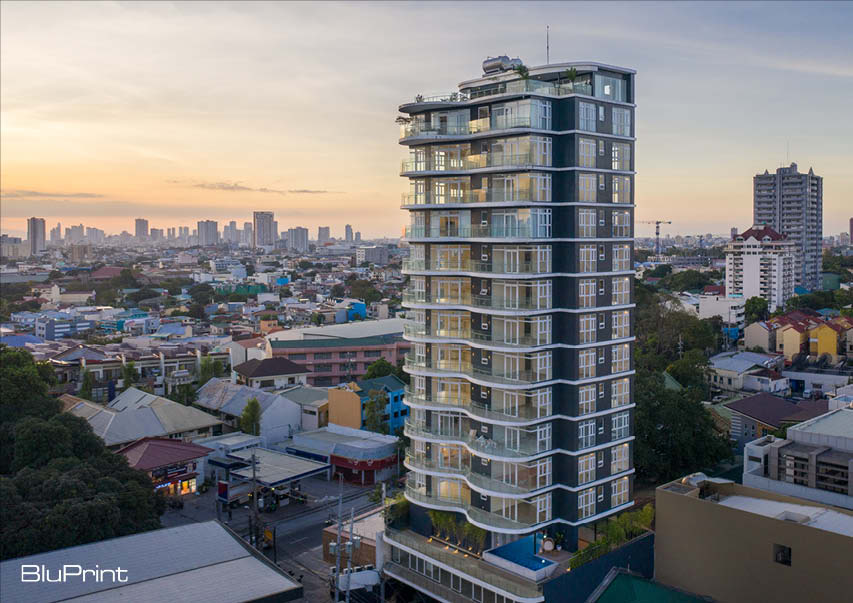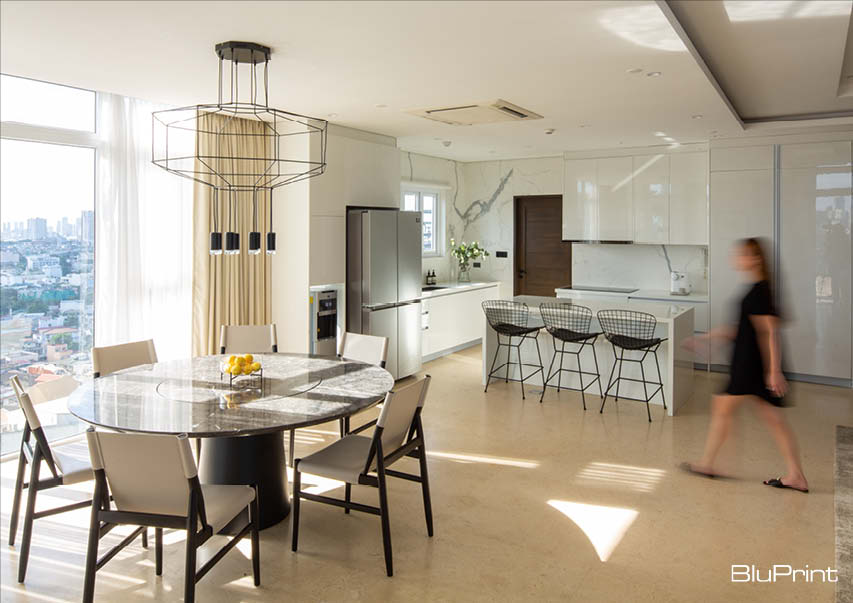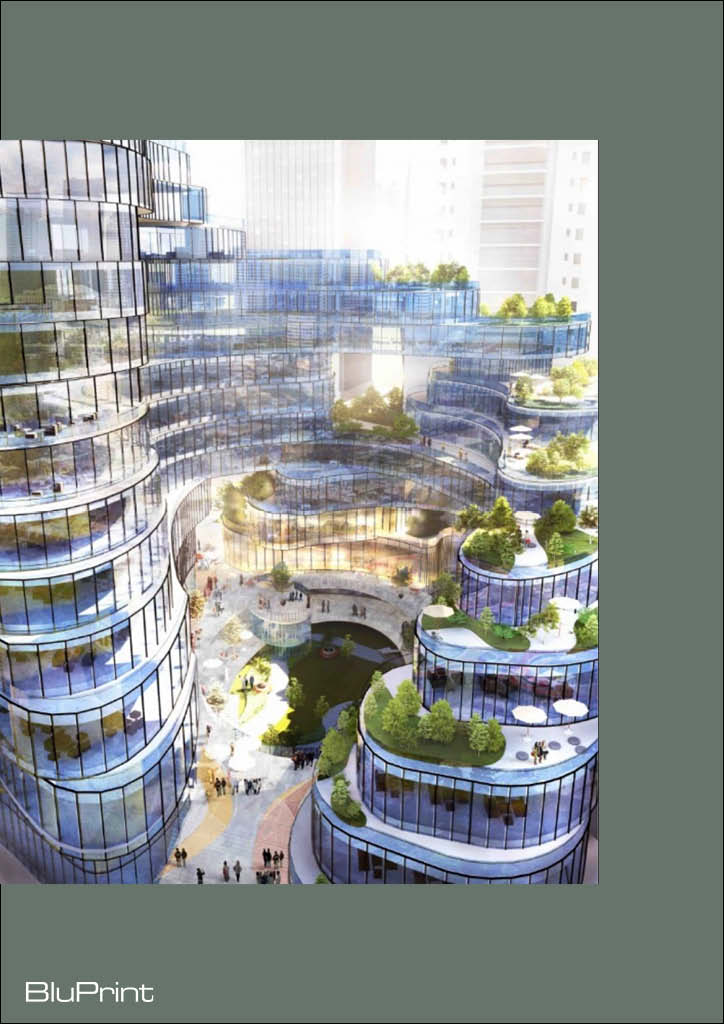
Architect William Ti shares his vision and his ultimate goal as an architect. He goes on and stresses that “if you really want a better life in your city, then I think you need to be part of [the] change.”
William Ti Jr. began practicing architecture after getting his license way back in 2003 and he obtained his Bachelor’s Degree in Architecture from the University of Santo Tomas in 2002. In 2007, he started WTA Architecture and Design Studio, as Principal Architect, and then moved on to take up his master’s degree in Urban Design from the National University of Singapore in 2012.

Growing up in Manila, he has learned to enjoy being immersed in a community and how to bring more empathy to the general public. His childhood experiences have led him to create architecture that will help change society and make the city better.
“I wish I would leave my city behind better than what I’ve found it. I want to effect great change in our society. I think being an architect empowers us and allows us to actually do things, that can impact so much of our society.” – Ar. William Ti
On Being Socially Relevant
Beginning with experimental projects to the ones that have more social impact and to being able to engage in a broader community gave birth to the success and what WTA has now become. The company has been continuously working on a social architecture that tries to create more socially engaging spaces, building hyperlocal communities that are barrier-free, and trying to rebuild our communities.
One of their projects that is worth mentioning is the Twelve Luxury Flats project in San Juan City. Being the first residential development project of WTA, Ar. William designed it on the foundation of his hopes and vision for the metro by addressing the disconnection of residential properties and doing the density of the city right. The project explores how residences can be reconnected to their community despite the prevailing density and limited space for distribution. The project also won Asia Pacific Property Award for Architecture in Multiple Residence Philippine Category for 2021 – 2022.


Another project by WTA focused on social architecture, is the master planning of the Horizon Manila: Manileño project, which is a reclamation project in Manila Bay. The project envisions building 28 distinct communities that target to integrate the needs of the social and cultural heritage of Manila while promoting a sustainable lifestyle. Next in line is the FEM Stadium, or the so-called “Stadium of the North” in Laoag City, Ilocos Norte. It is a renovation project of rebuilding the Mariano Marcos Stadium. The project pursues opening the stadium to the nearby developments, like the park, connecting the spaces through green areas that encourage walkability and sustainability. Also, the project will not only house sporting events but will become the region’s primary venue for large events.


On Giving More Through Media
On continuing his pursuit of giving back to the city and society, Ar. William also thrives in the media industry. Leading the editorial team of BluPrint’s Volume 1 2021 Issue, he has initiated further discussions and pulling ideas as the nation moves forward to in the search for a better understanding of the built environment that is essential for the country’s greater development.



BP: BluPrint’s latest issue focuses on finding space within density for an urban lifestyle that is sustainable. As an architect, how do you think our country will be able to achieve this lifestyle?
WT: When we talk about density in the Philippines, we always talk about population. The number of people who live in Metro Manila and how incredibly dense it is. And how little space we have for everyone here. We have the density of built-up space, how we can have enough space to accommodate everyone. It is up to us to figure out a way on how to build a megacity for tomorrow, on how we can work on the densities we have, on how we can find more space for people, and how we can build a more sustainable and enjoyable lifestyle for everyone.
BP: As we are now, do you have a guess as to how long it would take until the country would be able to flaunt and sustain such a lifestyle?
WT: I think in terms of like, where the Philippines is now in terms of development, we’re still a developing country and everyone is looking after their immediate needs, for we’re trying to figure out what we want as a society in moving forward. I think we also have to remember that the built environment, architecture, and all that comes with it, play a very important role in terms of nation-building. We need to inspire people. We need to find common ground and allow public space especially for people who are more vulnerable communities, those who don’t have access to better private facilities.
Read the full Interview through Bluprint’s July Issue:
https://ph.readly.com/products/magazine/bluprint?q=bluprint
Click on the link to download your virtual copy.


